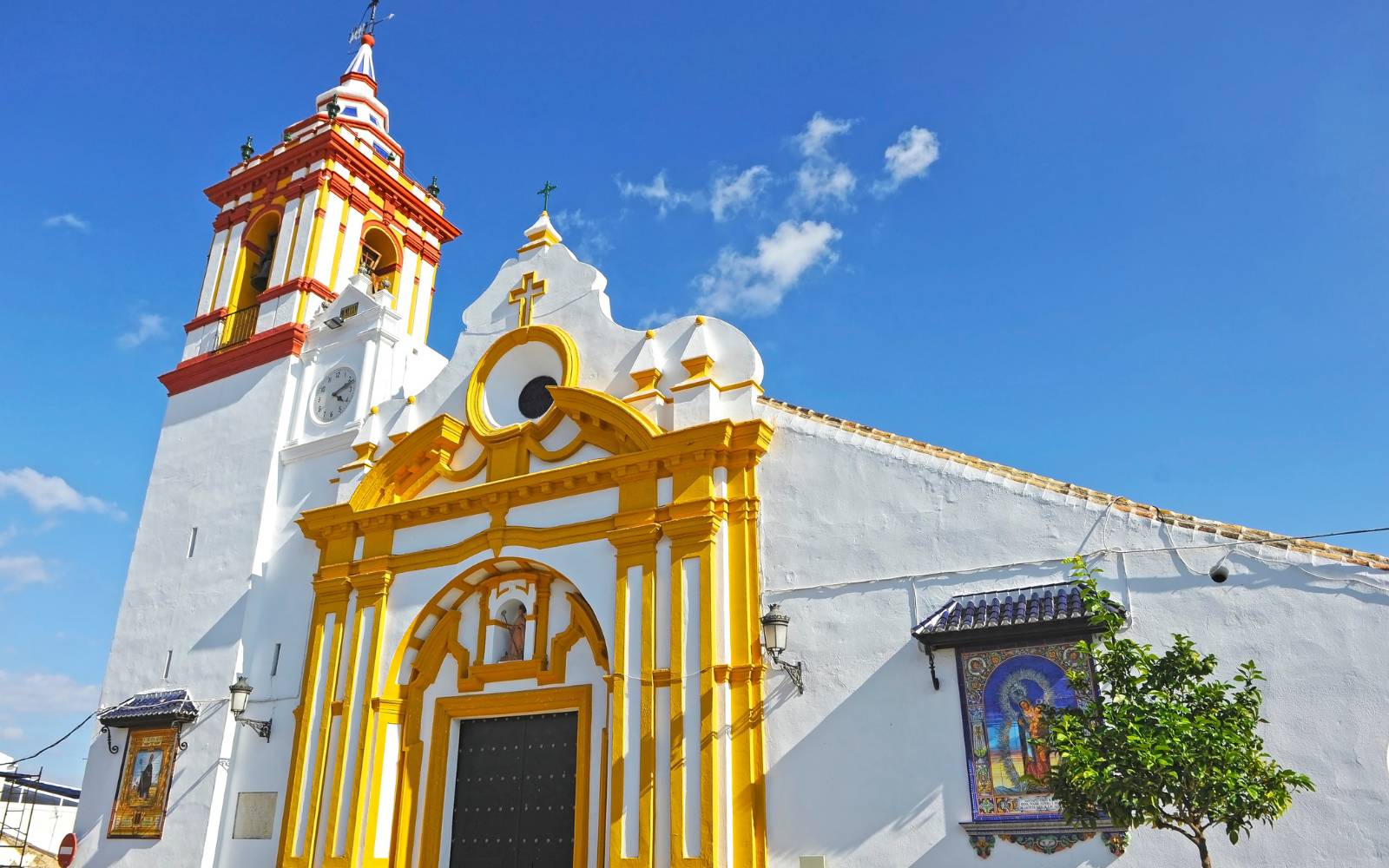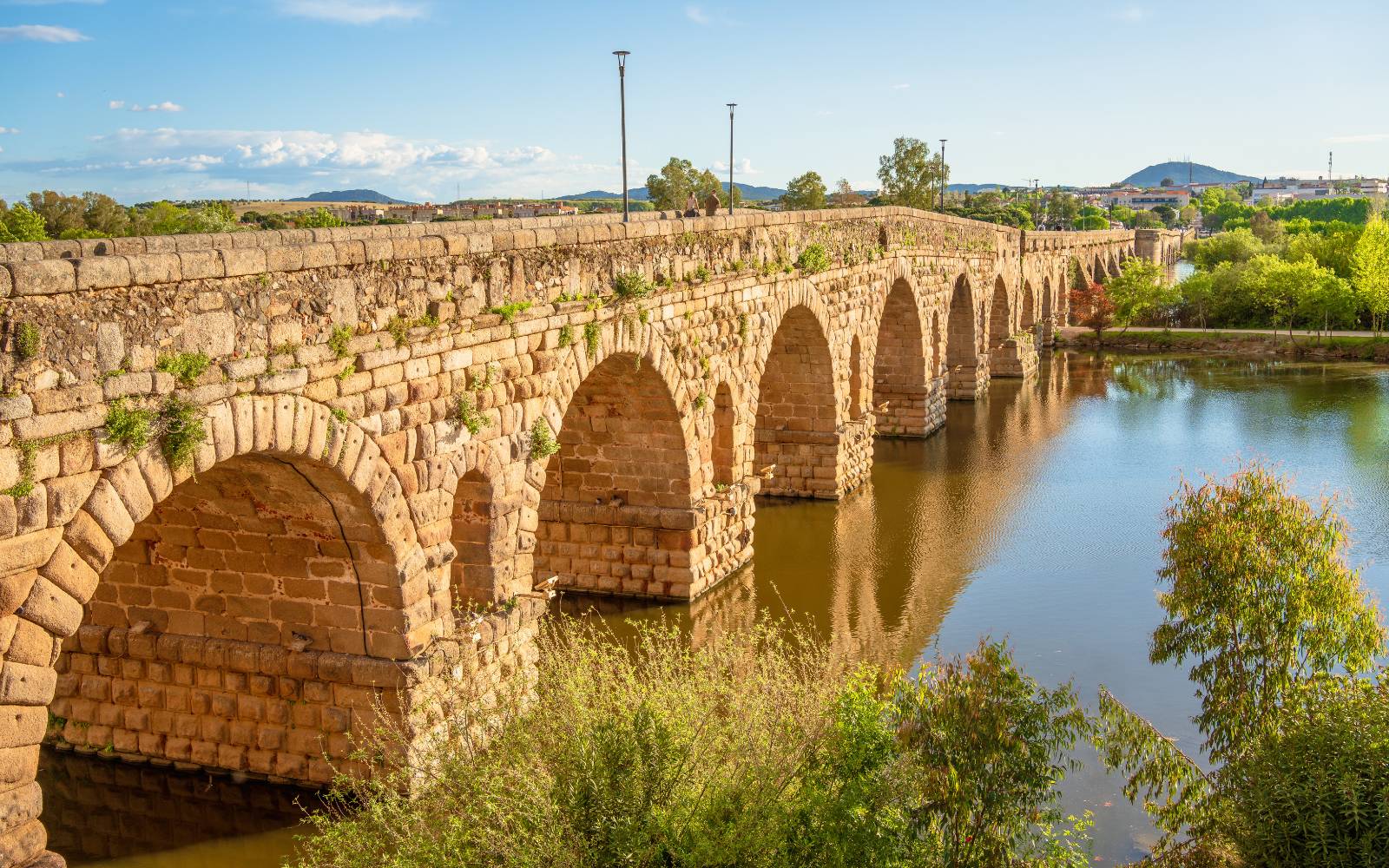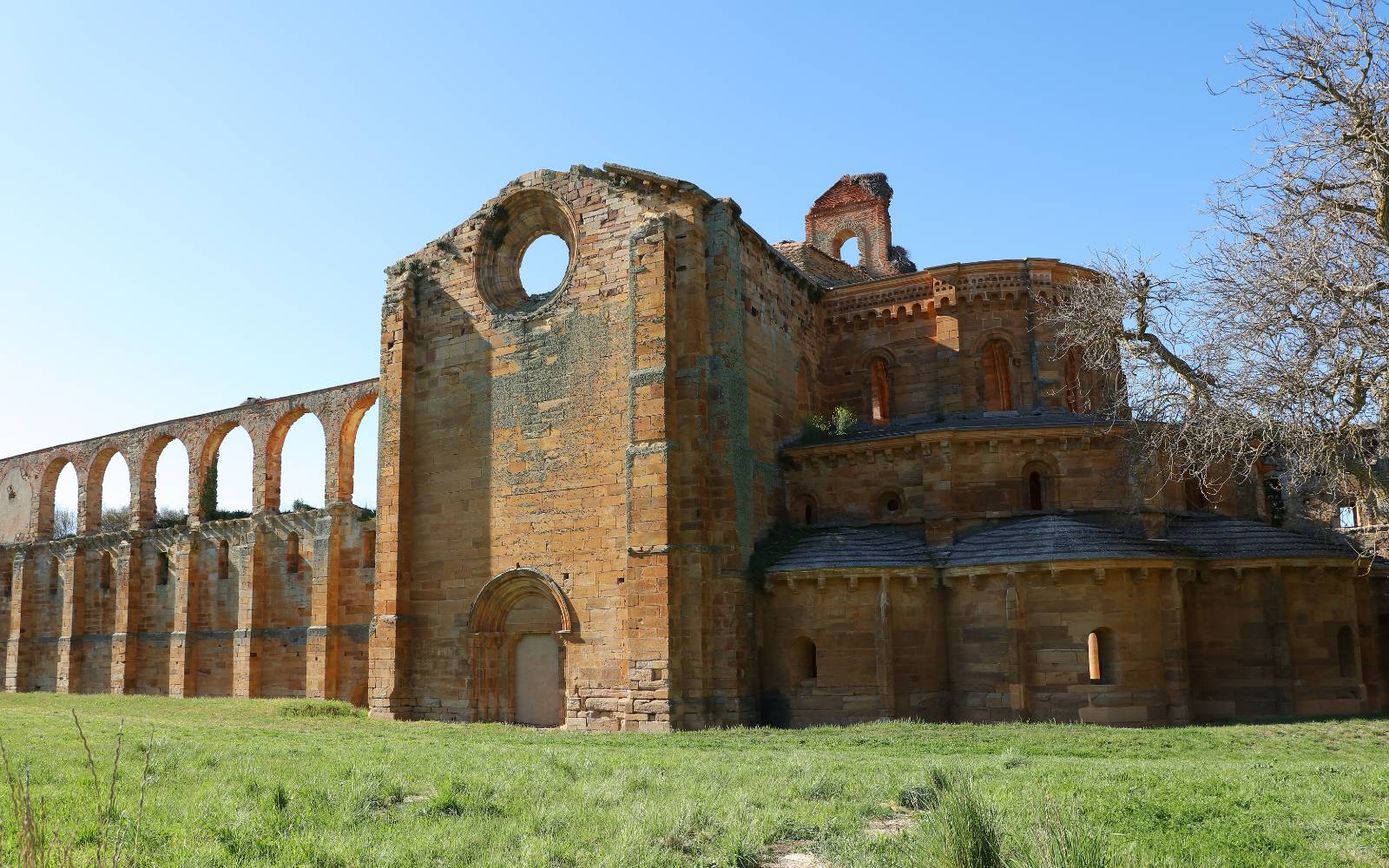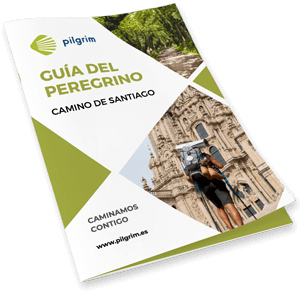Embalse de Alcántara
‹ Back to the stage
Embalse de Alcántara
- Residents: 2.205 aprox.
- Province: Cáceres
Information
Get to know Embalse de Alcántara
In the municipality of Garrovillas de Alconétar is the second largest reservoir in Europe, the José María de Oriol-Alcántara II reservoir or also known as the Alcántara Reservoir.
On the route of the path to the reservoir there are hardly any services except the municipal hostel for pilgrims, so it is recommended to either go stocked or move to the main town of the municipality.
Location
How to get there
The main way to reach this small town is by the A-66 highway, known as the Via de la Playa, and leave it to link with the local road EX-373 towards the reservoir.
The main way to reach this small town is by the A-66 highway, known as the Via de la Playa, and leave it to link with the local road EX-373 towards the reservoir.
To get there by public transport the only option is to go by bus from Cáceres to the capital of the municipality and then take a cab to Embalse de Alcántara, since due to its small size there is no transport network.
History / Culture
What to see
Torre de Floripes
The remains of this ancient fortress, erected on the base of a Celtic castro by the Romans, are located on the hill of Rochafría, where the rivers Tajo and Almonte meet. Due to its location, between the rivers, this fortification surely met extraordinary conditions to fulfill its defensive function.

Cristo del Humilladero
This late 15th century hermitage has a rectangular floor plan and a small portico. Its interior space is divided into a single nave, divided into two sections, with an octagonal vault. This vault is separated from the main chapel by a semicircular arch, supported by pilasters with a quadrangular base. In the chapel, the visitor can appreciate an attractive dome belonging to the Renaissance period.

Plaza de la Constitución
This square, which preserves great medieval remains, is one of the twelve largest in Spain, being declared a National Historic and Artistic Monument several decades ago.
It was built between the fifteenth and sixteenth centuries and has an area of approximately 4000 square meters. In its surroundings you can see several houses raised asoportaladas supported by granite columns and brick arches. On these rise the galleries with windows in the form of semicircular arches.

Convento Franciscano de San Antonio de Padua
The construction of this convent dates back to 1476 and is located approximately 600 meters from the village of Garrovillas de Alconétar.
In its interior houses a cloister dating from the sixteenth century and noted for its great sobriety and naturalness, pure Renaissance style. However, the church of the building is built in granite and houses a large ribbed vault that is underlined by an apse of polygonal shape in granite vault.
<p
Iglesia de Santa María de la Consolación
This church in honor of Santa María de la Consolación was built around 1520, with a late Gothic style predominating.
The temple has a single nave and three access doors. The main one is composed of several semicircular arches, with ball archivolts. The north-facing door also has semicircular arches and molded archivolts, with a niche at the top in which you can see an image of Alabaster of the Virgin of the Snows, Gothic style.

Iglesia de San Pedro
The church, in Gothic style and built in granite masonry, was erected in the second half of the 15th century. The temple has a longitudinal plan and is divided into three naves, all of them separated by granite pilasters and with star-shaped ribbed vaults as a roof. The church culminates in a spectacular rectangular tower divided into three bodies separated by moldings.

Puente de Alconétar
This bridge was built over the Tagus River, very close to the mouth of its tributary, the Almonte River, and has a length of approximately 250 meters long. Its design in cushioned granite ashlar masonry on the outside and filled with lime mortar and pebbles, was in charge of the architect Lucio Vivo, around the first century A.D.
.

Ermita de San Antón
This hermitage, in honor of San Antón, is located in the neighborhood of Cantarranas, very close to the local ponds. Recently they have decided to open the temple to the public, being in charge of a group of neighbors to open and close the temple every day. This is done in order to keep the hermitage alive and allow people to venerate San Antón at any time, as they have been doing since its opening.

Ermita de la Virgen de Altagracia
This sanctuary was built on a granite plain, an enclave known by the locals as the Villoluengo meadow. It is mainly Gothic in style, although it has some architectural elements of neoclassical style, such as the belfry, and modernist, such as the arcades.

Embalse de Alcántara
It is an artificial reservoir on the course of the Tagus River. Its dam was completed in 1969 and, at the time it was being built, it became the second largest reservoir in Europe. Its main function is to moderate and distribute a large part of the flow of the Tagus River.

Corral de Comedias
The Corral de Comedias was inaugurated in the early nineties, being erected on the site of the old butchers and bailiffs’ houses. It is a building of clear modernist style that imitates the Corral de Comedias of Almagro and stands out for being designed in the style of the Spanish Golden Century period. Today, the Corral de Comedias de Garrovillas de Alconétar is used for plays and public events.

Information of interest
Local police
112
Civil guard
112
Fire department
112
Civil protection
112
Town hall
927 309 002
Health center
xxx

We send you your itinerary
Enter your details and receive your travel itinerary by email
Recommended
Gastronomy
Recommended
Festivals and Pilgrimages
Local festivity
Septiembre: Feria de San Mateo
Local festivity
Febrero: Fiesta del Almendro en Flor
Local festivity
8 de septiembre: Fiesta de la Virgen de Altagracia
Local festivity
3 de febrero: San Blas
Local festivity
17 de enero: Fiesta de San Antón
Local festivity
A mediados de agosto: Fiesta de San Roque
The Silver Route
On foot
38 stages








































